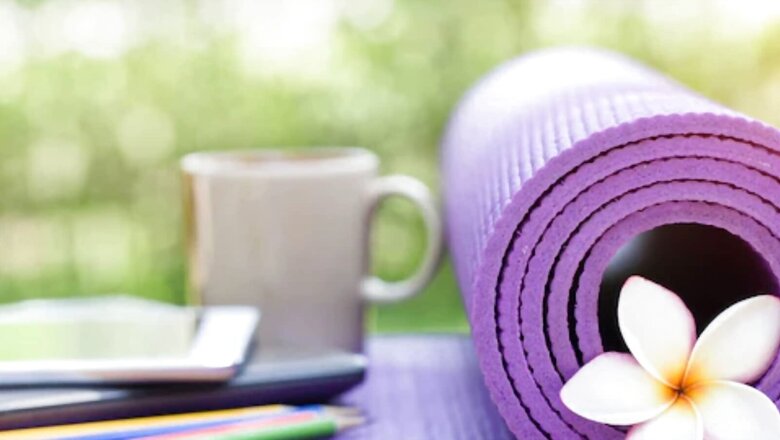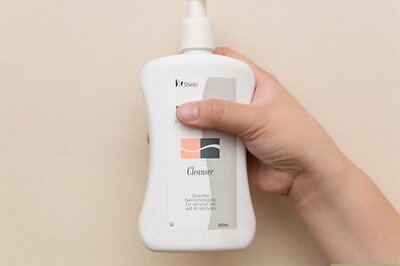
views
When humanity faced house arrest worldwide because of the coronavirus, they turned more and more to yoga to hold on to the escaping enthusiasm, patience, fortitude, rationality, resolve, and, most importantly, sanity. And, so it went on until yoga eventually became a global phenomenon, with over 300 million people practicing it today, according to Zippia’s statistics for 2022.
However, not everyone had the convenience of a garden, lawn, or courtyard adjacent to their home; as a result, practicing yoga on fresh green grass—as how it should be done—could not be a possibility, particularly for those residing in bustling cities.
This factor led to the rise of an accessory pertaining to yoga: the yoga mat. The choice of buying a yoga mat or not depends on the branch of yoga you are going to perform. The yogas involving relatively more physicality – such as Acro-Yoga, Ashtanga Yoga or its athletic variant Power Yoga, Prenatal Yoga, Restorative Yoga, Hatha Yoga, Iyengar Yoga, Sivananda Yoga, Vinyasa Yoga, and Yin or Yang Yoga – are better done on a mat. Why? Vaibhav Somani, Director, Gravolite explains the reasons:
- What if the floor is unclean and you have no mat? You would definitely not like to skip your session due to a yucky situation.
- You won’t need to modify or drop your practice because of the hardness, roughness, or slipperiness of the floor if you use a mat.
- The chances of sprains or soreness are reduced.
- A mat protects from germs as well as the cold.
- Personal space is defined along with an improved comfort level.
- A mat can guide the placement of feet and hands well.
There is a reason why yoga mats are also known as “sticky mats.” They give you good traction and comfort as you work into an asana. They also come in a variety of sizes and forms to accommodate various yoga styles. There is a suitable mat out there for everyone, whether they are doing gentle stretches or vigorous yoga.
Somani explains the various types of mats favouring different yogasanas
Although mats 10mm or thicker should be okay for all branches of yoga, which size yoga mat will be ideal for you has to do with your height and the amount of padding desired. Typically, yoga mats are sized 6 ft. x 2 ft. But if your shoulders are wide, a 7ft x 2.5 ft. mat will work better. Decide on a mat based on your body type.
Rubber mats
These are pretty common in markets. Besides being natural, renewable, and biodegradable, rubber creates a mat surface that is gripping as well as fairly firm. Even though rubber mats may be heavy or have a strong odour, the new hybrid ones (of polyurethane rubber) alleviate both of these worries.
PVC mats
Polyvinyl chloride mats aren’t necessarily of poor quality. Many brands are now rolling out their PRO series, which are substantially thicker and nearly unbreakable.
TPE mats
Mats made of thermoplastic elastomer are ecological, non-smelly, and super soft, and lightweight, as well as prevent slippage. However, they are not very resilient.
All of these insights ought to help you understand the type of yoga mat you need and why. Choose your finest option, roll it out, and get fit.
Read all the Latest Lifestyle News here

















Comments
0 comment